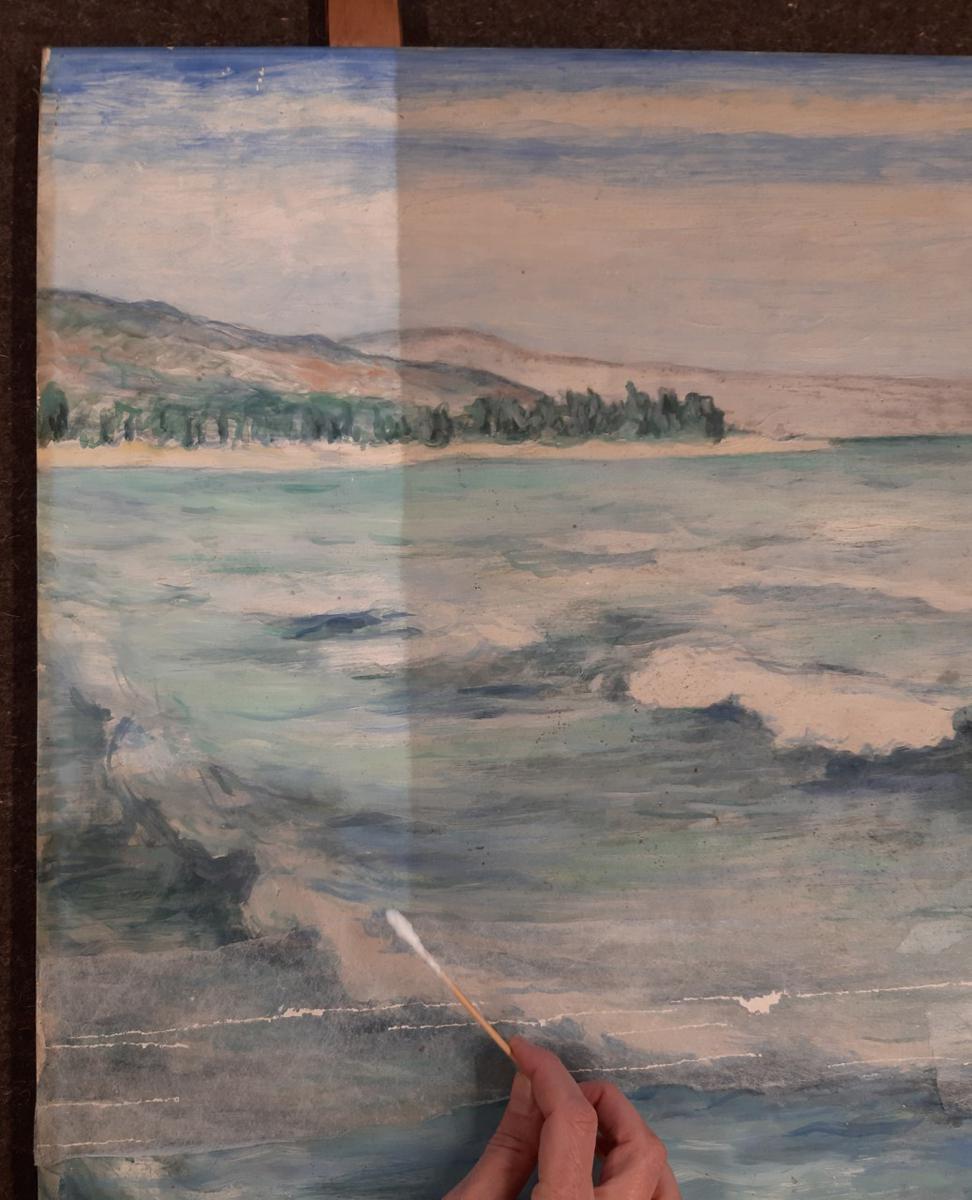
Yad Vashem

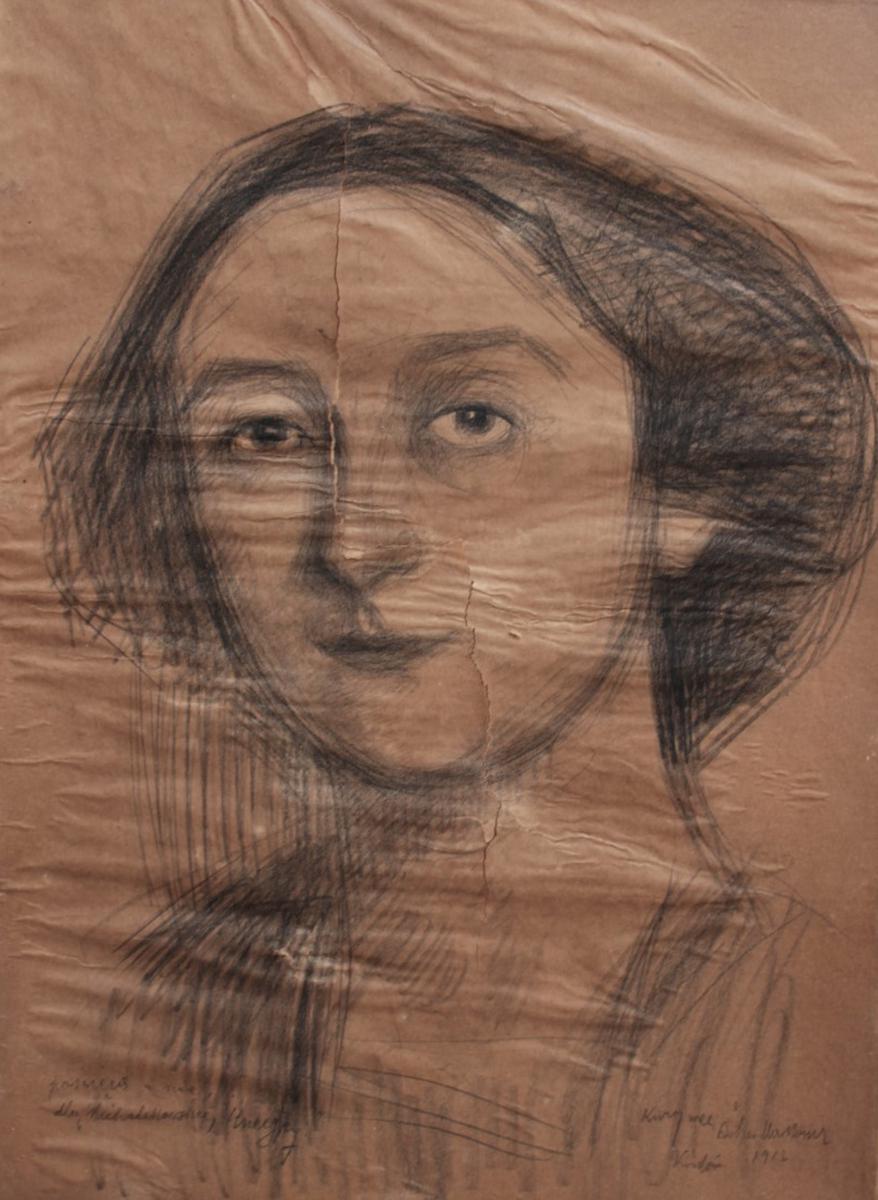
Yad Vashem

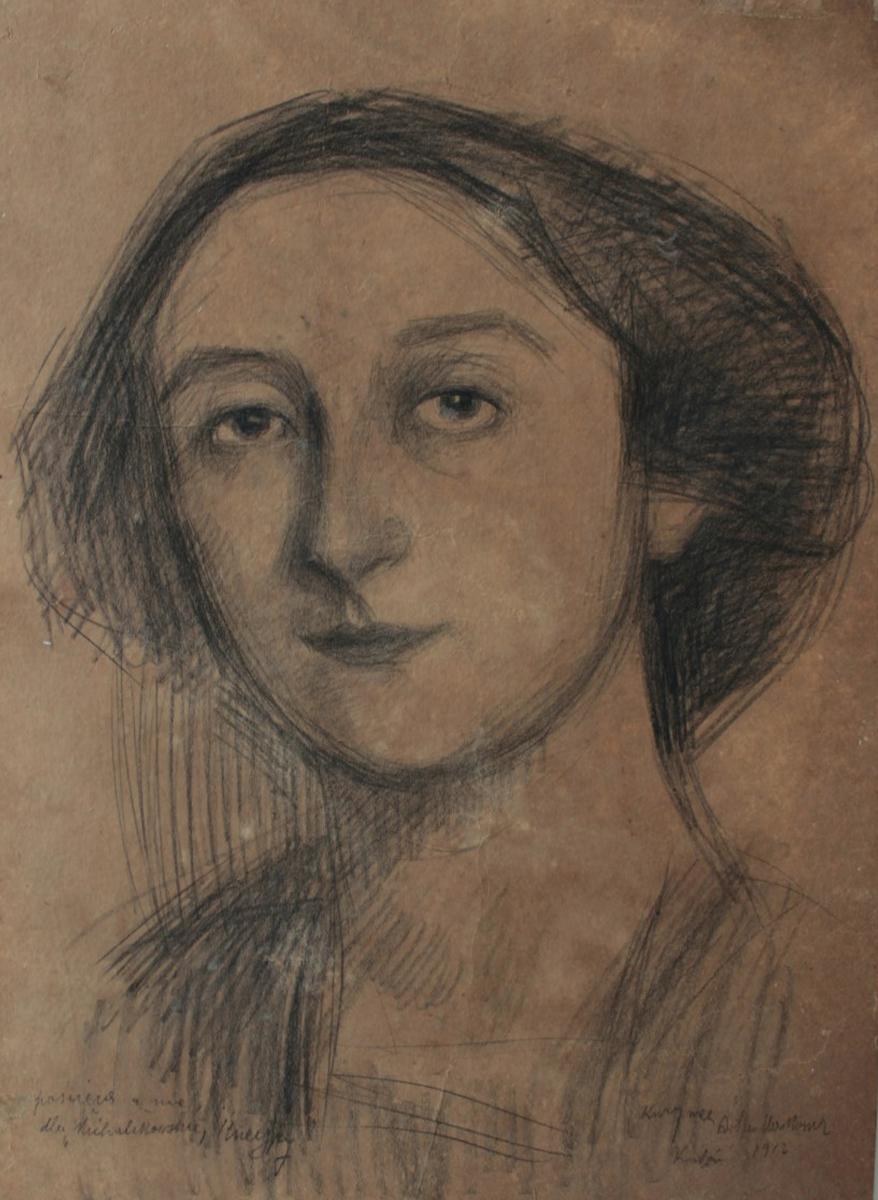
Yad Vashem

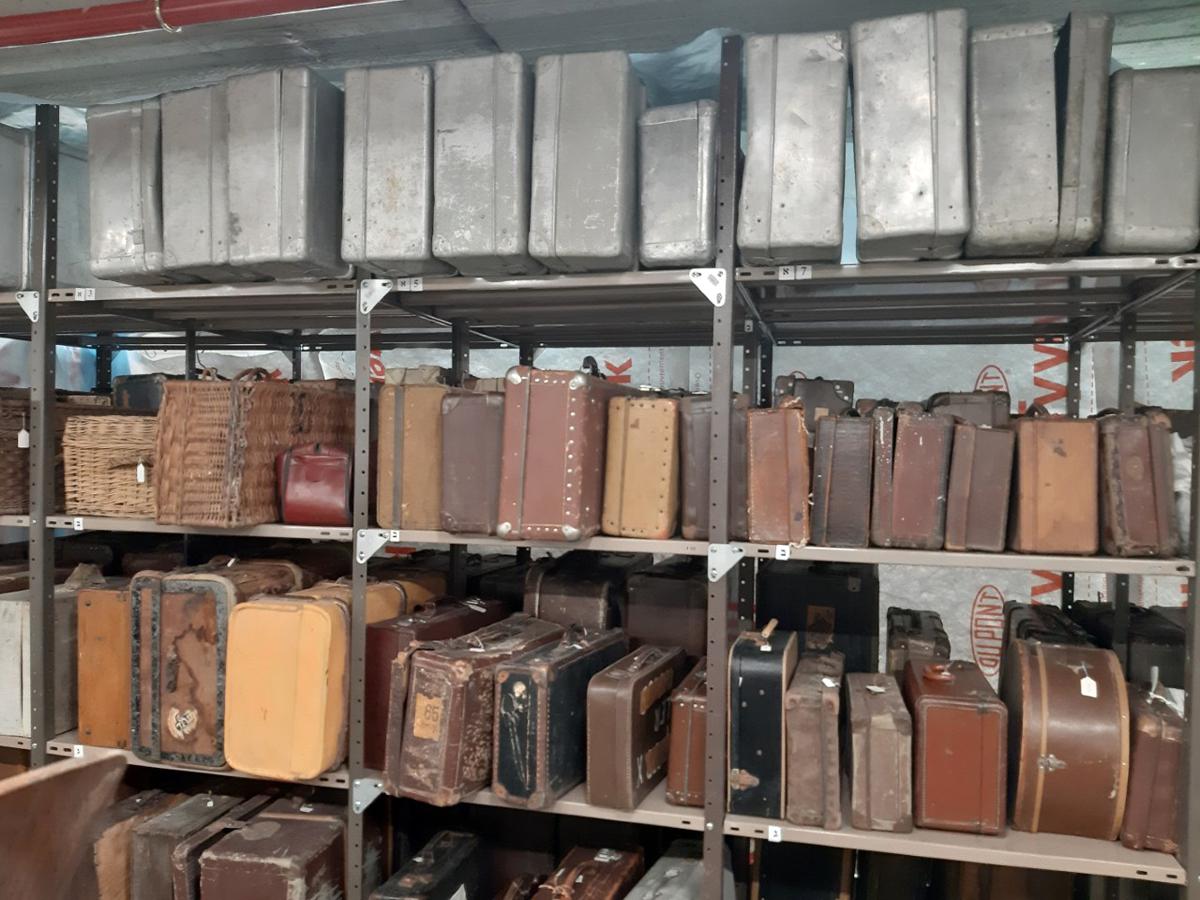
Yad Vashem

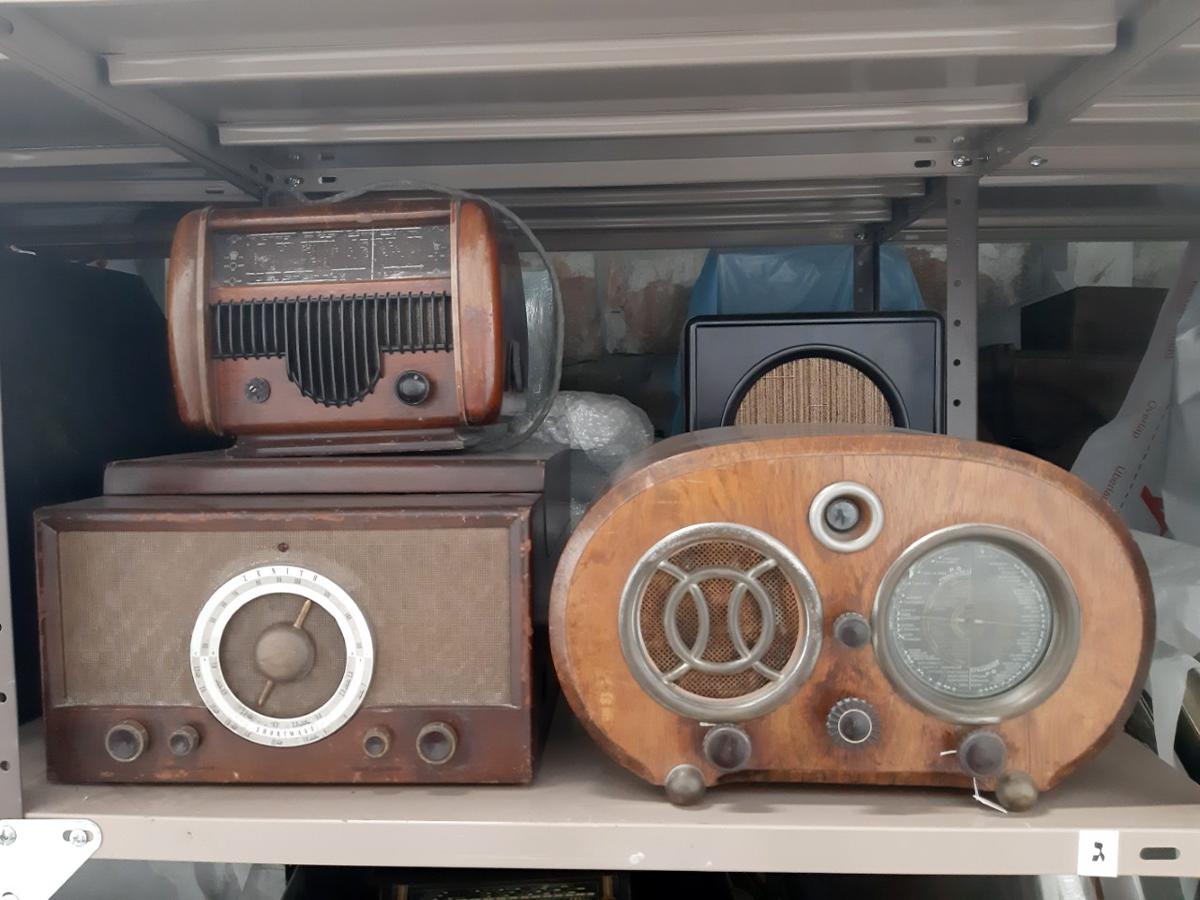
Yad Vashem

Currently (2021), Yad Vashem's unrivalled Holocaust-era Collections include some 12,000 works of art and approximately 40,000 artifacts. While some are displayed in its museums and exhibitions, most are in storage, where the collections are kept in optimal conditions.
On receipt at the World Holocaust Remembrance Center, the majority of the decades-old artifacts require repair and preservation, in order to prevent further deterioration. Below, Noga Schusterman, Head of the Restoration Section in the Museums Division, gives an introductory tour through the Restoration Laboratory.
What kinds of materials does the Restoration Laboratory handle?
The idea of a restoration laboratory at Yad Vashem was born with the institution's establishment in the early 1950s, when the original members of staff saw an urgent need to restore and preserve the many documents, photographs and artifacts that had been salvaged from the Holocaust.
In the 1990s, artifacts began to be viewed as historical witnesses. At that time, Yad Vashem adopted an active collection policy. As a result of these efforts, the Yad Vashem Collections grew exponentially, and today include Holocaust-related artworks, items of Judaica, and artifacts ranging from prisoner uniforms to toys, jewelry and even a pair of broken glasses.
The current Restoration Laboratory deals with a wide range of materials. Laboratory workers restore items made of paper and textiles, as well as oil paintings, with the support of a team of experts, each with specific training.
Who works with you in the Restoration Laboratory?
Everyone who works in the Restoration Laboratory was trained abroad. Unfortunately, there is no appropriate training in Israel.
For example, after studying in Italy, I began restoring oil paintings, and then specialized in handling the frames of the paintings. Over the years, I specialized in gold plating and gold work, and worked with synagogues and the Museum of Italian Jewry and the Tel Aviv Museum before joining Yad Vashem.
Some members of staff are relatively new to Yad Vashem. Sarita, who has been with us for six months, specializes in oil paintings. The areas she is cleaning look as if they are illuminated with points of light. She compares her work to that of a detective, guessing the missing colors from the surrounding details.
Like me, Sarita studied in Italy, learning Italian even before she began her training. And like me, she has a real passion for this work. You need to love it. It requires a lot of investment, but it is so rewarding.
Where do the items come from?
The objects in our collections originate in private homes, communities, hiding places, ghettos and even concentration camps. It is amazing to see the different kinds of items people managed to save against all the odds.
The problem is that many of these artifacts arrive at Yad Vashem decades later, in poor condition, having been stored in basements, attics or folded away in a drawer. All of these objects are direct witnesses to the Holocaust and make it possible to trace the experiences of their owners. Behind every artifact is a family’s particular story of hardships and suffering, struggle and triumphs. Each item that arrives therefore, needs to be restored to the best of our ability, without destroying its authenticity.
How is this achieved?
Well, for example, we have much to learn from the restoration of suitcases and the labels that adorn them – of which we have a great many in our Collection. Many questions have arisen as to the degree of restoration: What should be done with labels that are half peeled and difficult to read? Should they be left as they are? Should they be removed altogether? We could do that, but then the suitcase would no longer be authentic.
Generally, restoration workshops or museums work to return an object or piece of art to its former glory. Yad Vashem's unique goal is to restore the artifact, but without erasing the weight of the years that have passed. We wish to preserve the item, but not to expunge the wear and tear of time, which testifies to the "stamp" of the Holocaust. Every stain, bump or crack is part of its identity.
Depending on the path the object has taken, for example, I will decide how to treat it: Was it an object that was widely used? Did its condition deteriorate before, during or after the Holocaust? To this end, Yad Vashem tries to obtain as much information as possible from the owner of the object in order to try to understand the family's history, origin and place of residence. Michael Tal, Director of Yad Vashem's Artifacts Department, brings his own museological-visual point of view to the conundrum, helping us assess the appropriate level of restoration.
Above all, we must be careful not to rewrite the past – the past of the object, and in effect, the past of its owner. Every object carries a story. It contains the memory of the family, and therefore we must preserve both the object and the story behind it.
Not all artifacts can be restored, however. Sometimes the best we can do is try to prevent further deterioration, but we are unable to return it to the appearance it once had. For example, we have a German Torah scroll that was burnt and is kept in a box full of ashes. This is its history. It experienced violence during the Holocaust. If we decided to display it to the public, it would be in this format, with all its defects.
To read part two “The Restoration Laboratory: Ensuring a Future for Holocaust Artifacts” >>>
This blog is based on a blog originally published in French.










